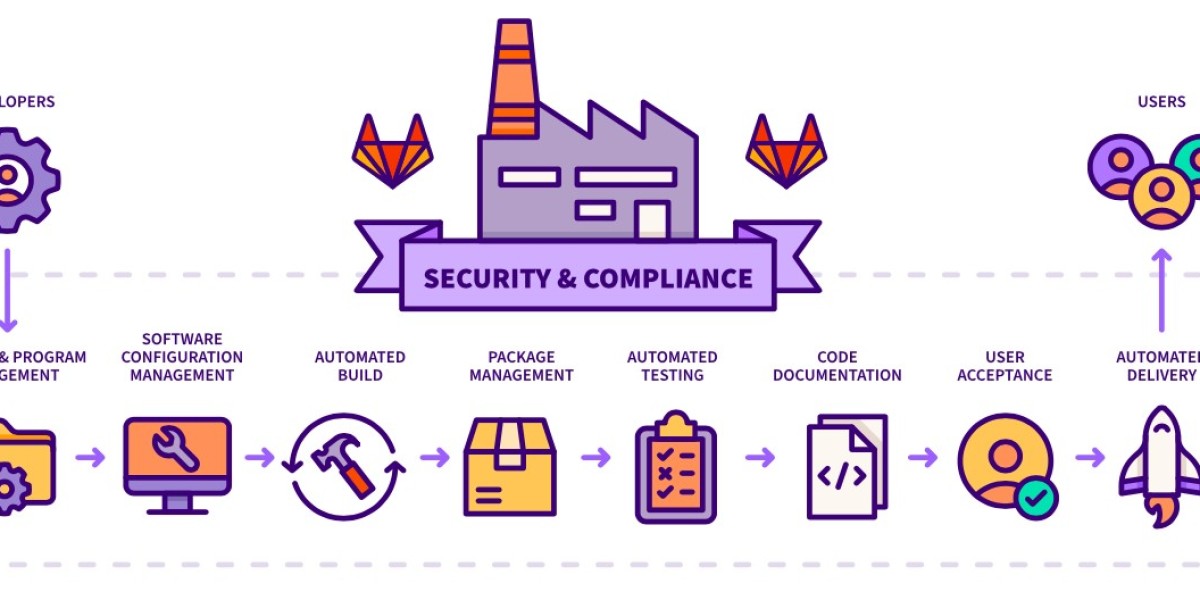In the contemporary business landscape, where seamless communication and technological integration are paramount, the effective management of Audio-Visual (AV) equipment inventory emerges as a strategic imperative. Mastering the mix of AV equipment involves not only acquiring cutting-edge technology but also implementing robust strategies for inventory management. This guide delves into the significance of AV equipment inventory management, explores key challenges, and provides strategies for businesses to optimize their AV resources efficiently.
Understanding the Significance of AV Equipment Inventory Management:
AV equipment constitutes a crucial aspect of modern business operations, facilitating communication, collaboration, and presentations. From projectors and sound systems to video conferencing tools, businesses invest significantly in AV technology to enhance efficiency and communication. However, without effective inventory management, these investments can quickly turn into a source of inefficiency and financial drain.
Key Challenges in AV Equipment Inventory Management:
Technological Obsolescence: The fast-paced evolution of AV technology poses a challenge for inventory management. Equipment can become obsolete relatively quickly, necessitating regular assessments and updates to ensure that the inventory aligns with the latest technological standards.
Fragmented Deployment: Businesses often deploy AV equipment across various departments and locations. This decentralized approach can lead to a lack of visibility and control over the entire inventory, making it challenging to track usage, maintenance needs, and overall asset health.
Maintenance and Repairs: AV equipment, like any technology, requires regular maintenance and occasional repairs. Without a structured inventory management system, tracking the maintenance history of each piece of equipment becomes cumbersome, potentially leading to disruptions in operations.
Underutilization and Redundancy: Inefficient inventory management may result in underutilized or redundant equipment. This not only ties up financial resources but also hinders the organization's ability to maximize the value of its AV investments.
Strategies for Effective AV Equipment Inventory Management:
Comprehensive Asset Tracking: Implementing a robust asset tracking system is foundational to effective AV equipment inventory management. Utilizing specialized software that allows for real-time tracking of each piece of equipment, including its location, usage history, and maintenance needs, provides organizations with a comprehensive view of their AV assets.
Regular Audits and Assessments: Conducting regular audits and assessments of the AV equipment inventory is essential. This involves evaluating the functionality, relevance, and condition of each piece of equipment. By regularly reassessing the inventory, businesses can identify obsolete items, plan for replacements, and ensure that the AV technology aligns with current needs.
Centralized Management Platform: Centralizing the management of AV equipment streamlines the inventory control process. Utilizing a centralized platform allows for a unified view of the entire inventory, making it easier to monitor usage patterns, schedule maintenance, and identify opportunities for optimization.
Lifecycle Planning and Upgrades: Developing a strategic lifecycle plan for AV equipment is crucial. This involves forecasting the expected lifespan of each piece of equipment and planning for upgrades or replacements accordingly. By aligning equipment lifecycles with budget cycles, businesses can avoid sudden, unplanned expenses and ensure a proactive approach to technology upgrades.
User Training and Accountability: Ensuring that end-users are trained in the proper use and care of AV equipment is key to effective inventory management. Additionally, fostering a sense of accountability among users for the equipment under their purview encourages responsible usage and prompt reporting of any issues.
Cloud-Based Solutions: Leveraging cloud-based inventory management solutions offers scalability and accessibility. Cloud platforms provide the flexibility to access inventory information from various locations, making it easier for businesses with decentralized operations to maintain control over their AV assets.
Vendor Relationships and Maintenance Contracts: Establishing strong relationships with AV equipment vendors is beneficial for ongoing support and maintenance. Implementing maintenance contracts can ensure timely and regular check-ups, reducing the risk of unexpected breakdowns and extending the lifespan of AV equipment.
Usage Analytics: Implementing analytics tools to track the usage patterns of AV equipment provides valuable insights. Understanding how often specific equipment is utilized can guide decisions about reallocating resources, identifying potential redundancies, or prioritizing upgrades for frequently used items.
Conclusion:
In conclusion, mastering the mix of AV equipment through effective inventory management is a critical aspect of contemporary business operations. The strategic utilization of AV technology relies not only on acquiring cutting-edge equipment but also on optimizing its usage, ensuring maintenance, and planning for future upgrades. By implementing comprehensive asset tracking, conducting regular assessments, centralizing management, and fostering user accountability, businesses can navigate the challenges of AV equipment inventory management successfully.
The rapidly evolving landscape of AV technology demands a proactive and strategic approach to inventory management. Organizations that prioritize the optimization of their AV equipment inventory position themselves to leverage the full potential of these technological investments, fostering a communication-rich and technologically efficient environment. Ultimately, mastering the mix ensures that AV resources are not only acquired but are actively contributing to the success and innovation of the organization.



